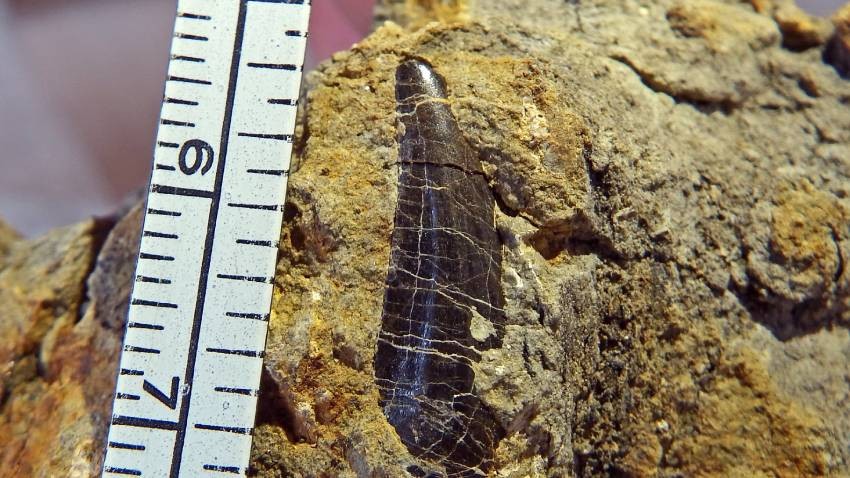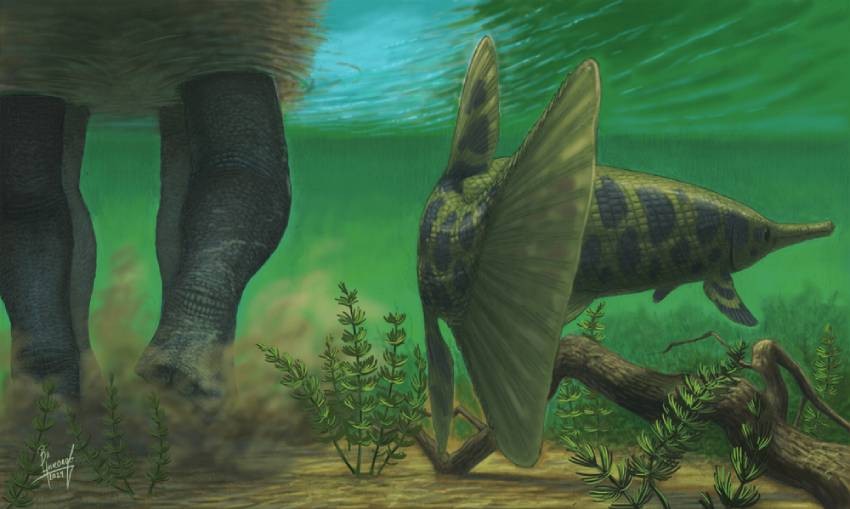What was the animal world like in the region of what is today the town of Trun more than 80 million years ago – that is the question paleontologists from the Bulgarian Academy of Sciences’ National Museum of Natural History have been trying to answer. More than 30 fossils of vertebrates have been collected as a result of their summer expedition taking place near Trun for the 7th year running. They have been dated to the late Cretaceous period.
The fossils found include bones from large reptiles, crocodile teeth, a lot of fragments, among them tortoise shells, teeth from fish no longer to be found in Europe, frog bones as well as hitherto unknown fossils which the scientists say will most probably turn out to be insect fossils from the age of dinosaurs. What all this shows, the paleontologist say, is that there once existed an exceedingly rich ecosystem in the region of Trun which will, from a scientific point of view, help fill in the blanks about life in these parts 80 million years ago.
Compiled by Gergana Mancheva
Translated and posted by Milena Daynova
Photos:National Museum of Natural History of the Bulgarian Academy of Sciences
Veliko Tarnovo is proud of its glorious past, encoded in the city’s holiday, associated with the day of the Holy Forty Martyrs – the spiritual patrons of Bulgaria's medieval capital. On the day of the 40 followers of Christ (March 22 according to..
The book "Icons from the National Church Historical and Archaeological Museum" - a huge work of over 500 pages, with more than 700 published photographs and accompanying scientific articles, was officially presented a few days ago. The unique..
A humble military chaplain made his first contact with Bulgaria in 1921, arriving with the mission of searching for Italian soldiers who had disappeared without a trace during World War I. However, he did not remain indifferent to the fate of this small..
Veliko Tarnovo is proud of its glorious past, encoded in the city’s holiday, associated with the day of the Holy Forty Martyrs – the spiritual..

+359 2 9336 661
